Entrepreneurial Flair Driving Motorsport Forward
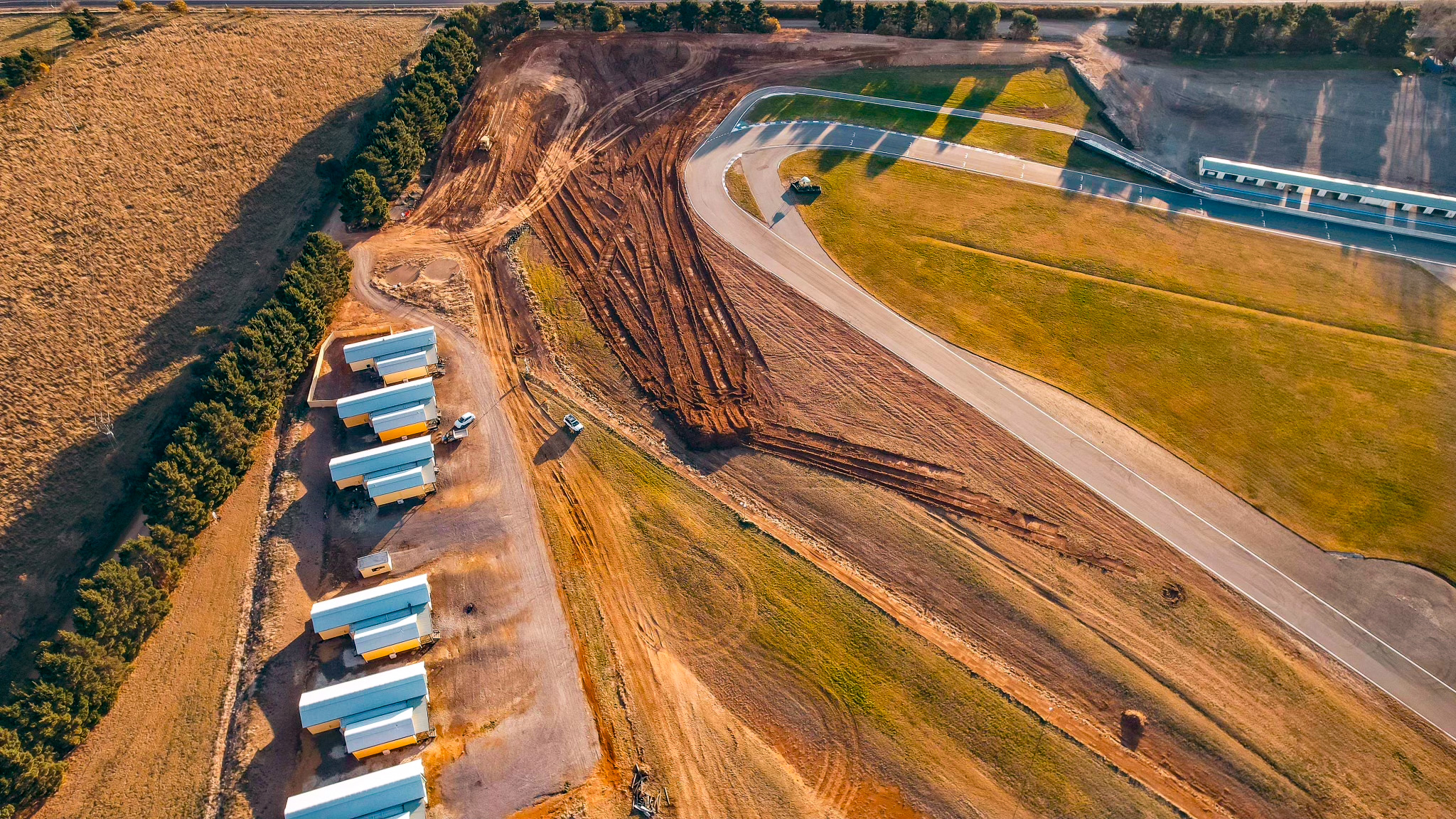
Motorsport is forever on the hunt for venues to play at. However, by their very nature, they are expensive and difficult beasts to operate. A majority are driven by clubs or community organisations, but a growing number are coming under the control of entrepreneurs who have the finance, flair, connections, and willpower to bring pipedreams into reality.
Look no further than the Shahin family in South Australia, with Shell V-Power Motorsport Park standing as an incredible tribute to what is possible in Australian motorsport, with the family also controlling Mallala, the grand old airfield track, giving it another lease on life.
Up in Queensland, Tony Quinn has been able to weave the same magic he did in New Zealand at Highlands Motorsport Park, Hampton Downs and Taupo, with his Quinnification at Queensland Raceway, taking what was originally a club-run circuit into the 21st century.
Around Goulburn, motorsport is blessed to have Steve Shelley.
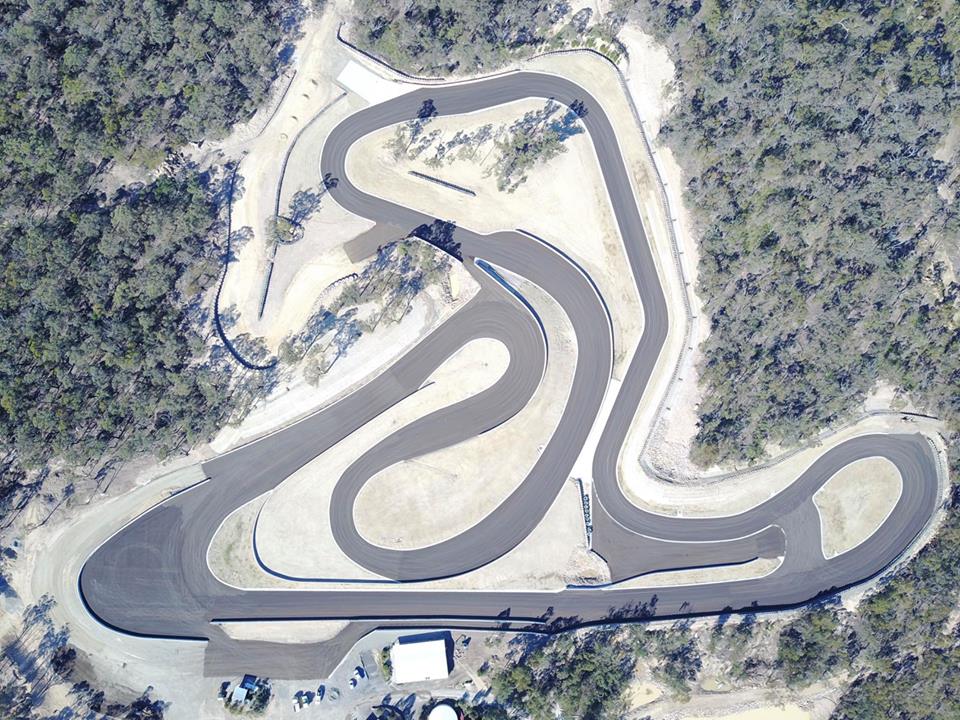
Pheasant Wood
Following the opening of the Marulan Driver Training Centre in 2009 by noted motorsport identity Garry Willmington, the truly grassroots facility faced its share of growing pains in its formative years.
Enter Shelley, the co-founder of the workflow management application Deputy, plus a racer of note across multiple classes.
Back in 2018, we penned this feature on the re-emergence of the venue as Pheasant Wood – and it was a mere peek behind the curtain of the facility’s potential.
True to his word, Shelley delivered, with the track playing an important role in catering to entry-level motorsport and an array of disciplines across the automotive sphere.
Gone is the dinky little, 1.2km short track and 360m dirt oval, in its place is a 1.6km circuit, supported by all of the infrastructure expected from a venue that has received a multi-million-dollar investment.
Now, the facility is realising its potential, catering to a volume demographic in a regional setting that isn’t serviced by Sydney Motorsport Park, the predominant permanent facility in New South Wales.
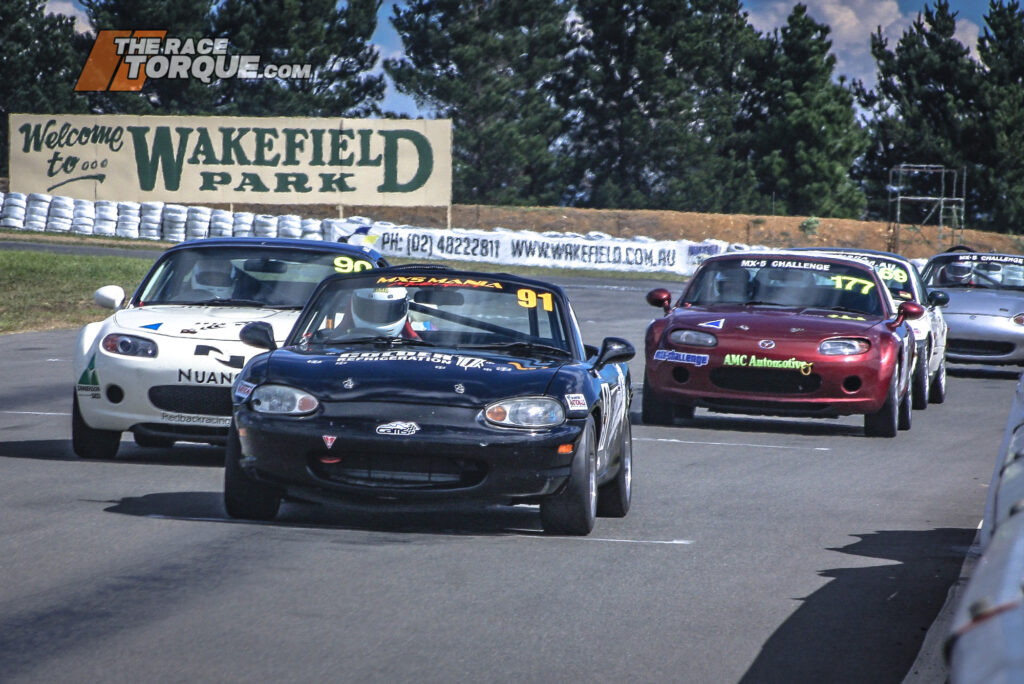
The Wakefield Conundrum
Some 28km to the west of Pheasant Wood, a workhorse of the motorsport scene ground to a halt.
Mid-last year, when Wakefield Park hit the headlines thanks to ongoing off-track planning and political plays, we penned this story on the evolving situation.
Yes, Wakefield Park was a much-loved venue by the motorsport community, and yes, it played a critical role in regional tourism, but stripping the emotion away from the pro-motorsport argument, it suffered from underlying planning issues that tugged at its very ability to operate.
When Wakefield Park was opened in 1994 by Paul Samuels and John Carter, the rural setting of the venue was key to its ongoing prosperity; however, that original business model was one that came from a different time and place.
Privately owned race circuits in the early 1990s were not common – Wakefield was conceived as a club and historic motorsport venue with somewhat limited use.
At that time, motorsport facilities typically focused on race meetings and testing as core revenue streams.
Now, modern-day economics have race circuits being utilised as often as possible through a multitude of innovative uses – balance sheet success is now driven by midweek corporate hires and products outside of the traditional fare.
For that original 1993 Consent agreement, a provision allowed for 48 days of use per year.
In filings for the modern development cases, it was noted that Wakefield ultimately operated 280 days a year.
For locals, a 583% lift in usage would give rise to the circuit’s operations coming under the microscope, which parlayed into ongoing noise issues.
Responding to complaints in 2019, the Goulburn Mulwaree Council imposed a prevention notice, implementing new noise restrictions, to which Wakefield Park responded with a new development application, in line with the modern use of the venue.
The circuit argued that the changes were too onerous from an acoustic and economic impact, while the Council argued that the facility would essentially “benefit from past wrongdoing”.
In February 2022, the Council issued a further show-cause notice to the venue, when the 95dB noise threshold at 30m was allegedly breached more than 500 times during a meet, with a maximum reading of 124.1dB recorded.
Statements published in the report noted, “No regard for residents in the area, no history of sharing information about noise generated by the Raceway and has expanded operations in recent years,” “Resident concerns have escalated since the Applicant purchased the site in 2006, with no goodwill evident,” “Despite a chronology of efforts by the Council and community over five years to address noise, the Applicant has resisted any concessions or amendment to its business model,” and more.
The Benalla Auto Club, the custodians of the venue, in part responded:
A number of our neighbours have been criticised about all this. Our closest neighbours are also some of our biggest supporters, who seem to have been misrepresented somewhat in the judgment. It is unproductive to place blame on any of the neighbours, let alone those that support us.”
In the end, the LEC approved the DA for the venue, on the provision that it was only operable for 30 days annually.
Wakefield Park was subsequently shut down on the 1st of September 2022.
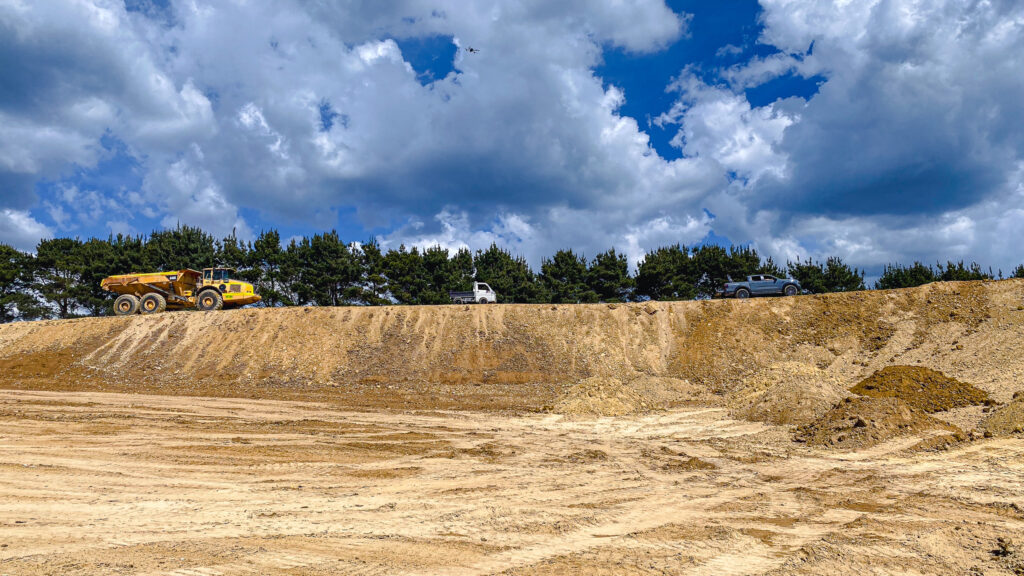
Enter Steve Shelley
In March this year, it was announced that Shelley had acquired Wakefield Park; however, there was clear work to be done.
The About Regional website covered the evolving story, which reported on Shelley’s April 12th meeting with the Goulburn Chamber of Commerce regarding his plans to lodge a fresh development application to bring the venue up to spec.
Included in the plans were measures to address drainage issues, a commercial centre would be established at the venue, and sound engineers would be utilised to develop workable noise mitigation solutions.
The story noted:
(Shelley) said maintenance work at the site had been largely neglected for the past 15 years, and he found it difficult to understand why there were next to no anti-noise measures “given it had been an issue for decades”.
He said the Benalla Auto Club had also shown a “high level of disrespect” to the nearby residents, many of whom are fifth and sixth-generation farmers.
“Their views deserve to be respected.”
The announcement late last week of the reinvigorated and renamed One Raceway is a tribute to the fact that Shelley is not here to muck around.
Huge earthworks have progressed well on noise barriers, which will double as elevated spectator viewing areas.
In an Australian circuit racing first, the layout will be truly bi-directional, safety issues will be addressed, the layout will be tweaked, and a fresh timing system will complement new signalling light boards.
The circuit will receive a complete repave, coinciding with significant drainage works and a renewed paddock hardtop surface.
Plus, there is the promise of more to come.
Of note, One Raceway acknowledges a strict 95dB noise level for users, with different levels of track usage resulting in various noise outcomes and times of respite for locals.
One Raceway states:
The previous owners’ LEC approved DA with its 4-day operation condition was rescinded before our acquisition; we now operate under the 1993 DA guidelines and have implemented noise abatement measures… We’re collaborating with the neighbours and council to address the noise concerns and implement measures to mitigate the noise, including provisions specified in the 1993 DA, such as implementing a detailed operational schedule and constructing noise abatement walls.
We have cultivated strong relationships with our neighbours, the council, and the NSW government. Through mutual trust, collaboration, and compromise, and by upholding our commitments, we have created a framework that will soon allow the circuit to resume operations.
The renovations we are planning will cost several millions of dollars, being entirely self-funded, except for a $1m contribution from the Labor government towards noise abatement.
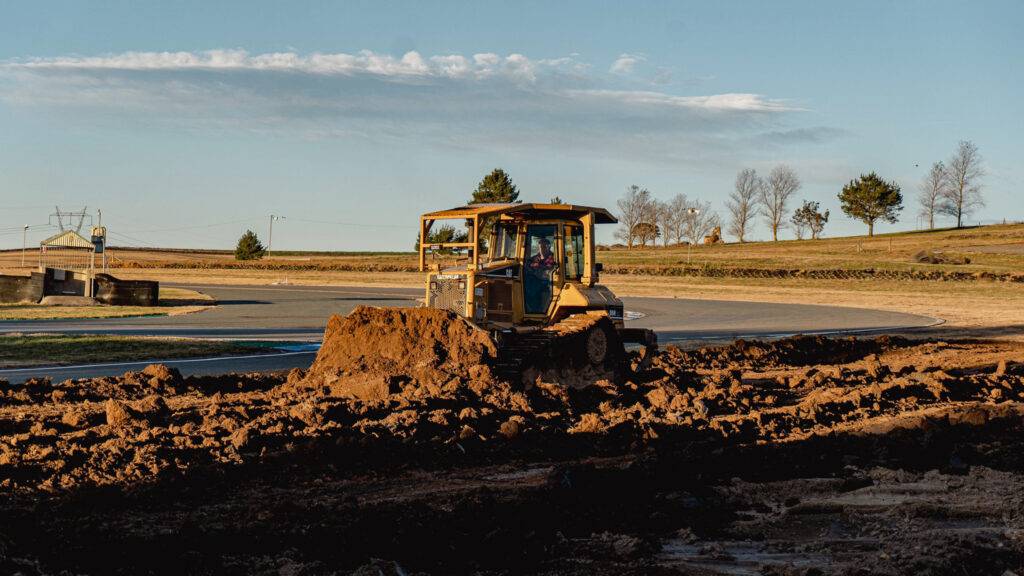
A Less Noisy Future
Noise constraints on racetracks are far from anything new.
Lakeside Park, Sandown and Phillip Island run to strict 95dB limits, with Phillip Island’s published list of noise levels making for interesting reading.
That venue has an allowance for up to 21 days a year above 95dB for international-grade event, 160 days up to 95dB, 112 days up to 75dB, and 72 quiet days.
Sandown, meanwhile, is allowed five events per year to run to the 95dB limit, with other events not to exceed 75dB.
Typically, these venues also apply strict hours of operation when engines can start, and vehicles can enter the circuit.
The thing is, where there is a will, there is a way – if competitors want to race, they need to take the appropriate steps to keep exhaust volumes in check.
As for One Raceway, the cooperation with the council and the community, plus the investment to date, demonstrate that the potential for the second coming of the venue is significant.
The fact that Pheasant Wood and One Raceway can complement each other in the services that they provide, is genuinely a positive outcome for the Goulburn area.
And for that, we can be incredibly thankful to Steve Shelley and his commitment to motorsport.














